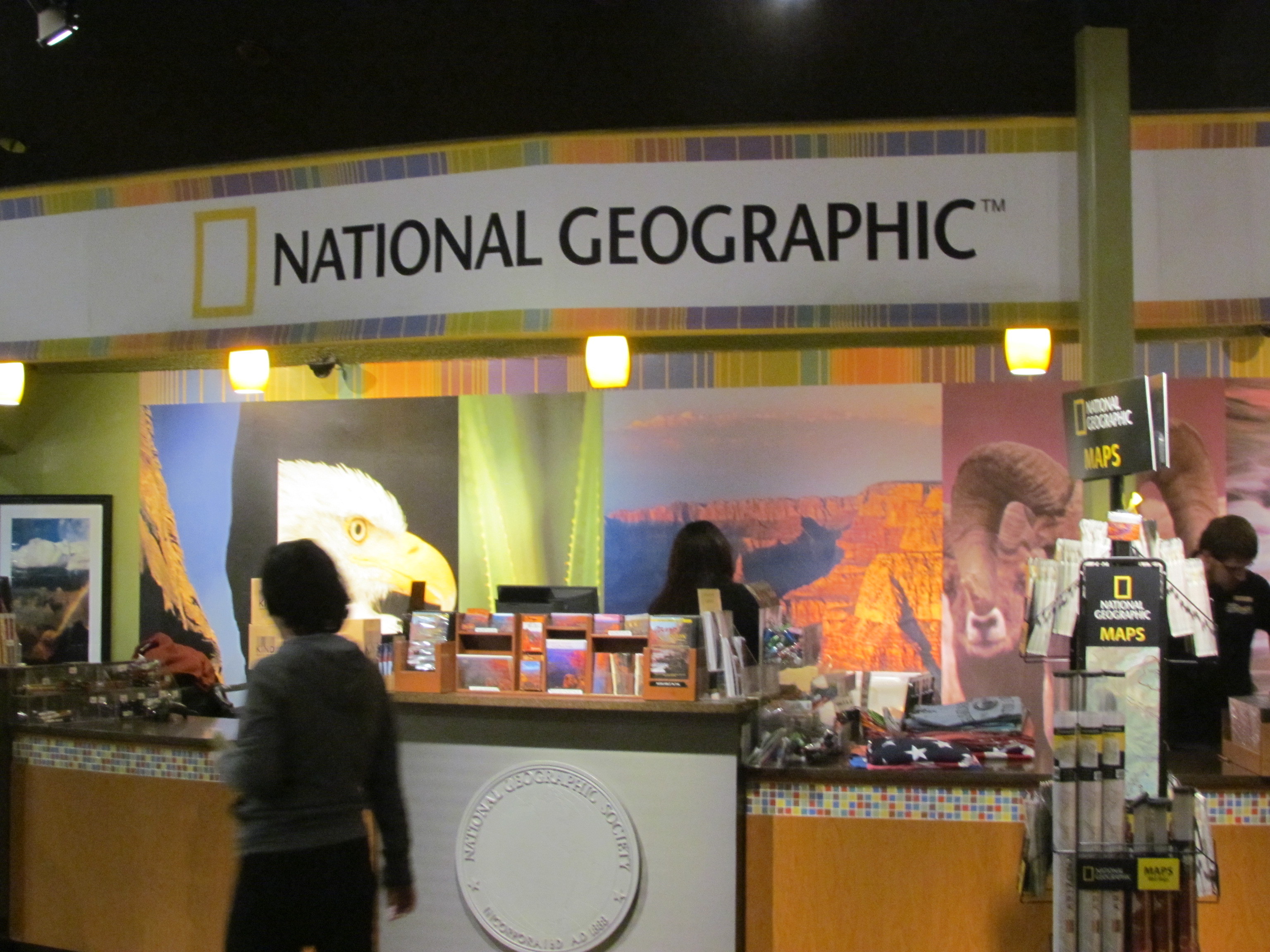The Folks At National Geographic Have A Conflict
September 30, 2016
The National Geographic Visitors Center in Tusayan has strong ties to absentee landlord Elling Halvorson. He is a partner in Center. He operates Papillon helicopter tours which is housed in the center. Halvorson is also Stilo’s business partner in a controversial development in Tusayan which would impose three million square feet of commercial space and thousands of new homes in the environmentally fragile area next to the Grand Canyon.
The National Geographic recently published an article critical of Halvorson and Stilo’s plans. Here is a link. http://www.grandcanyonnews.com/news/2016/sep/13/national-geographic-article-focuses-grand-canyon-t/
The report centers on Kevin Fedarko and National Geographic photographer Pete McBride who have just wrapped up a tour of the Canyon. Fedarko expressed concern about the Stilo project and its impacts. The reporter and Fedarko may not be aware that a respected organization such as the National Geographic has a financial relationship with someone like Halvorson whose development would harm the Grand Canyon ecosystem.
Here is a portion of the story:
Fedarko also touched on plans for a development outside Tusayan by Stilo Development Group USA. In the past, Stilo representatives said the proposed development could include hotels, restaurants, retail, entertainment and educational attractions. Developers are currently waiting on road easement approval from the U.S. Forest Service to its properties, located east and west of Tusayan. The private land parcels to be developed lie within the Kaibab National Forest.
Fedarko also talked about the impacts of increased tourism on the western rim of Grand Canyon. According to Fedarko in 2015 helicopter tours in western Grand Canyon helped draw over a million visitors to Hualapai land and in area known as Helicopter Alley. National Geographic counted 262 flights in five hours. Fedarko said on busy days there can be 450 or more flights.
“You owe it to yourself and to the Canyon to go out there and see what’s being done,” he said. “It’s important not only to see what’s being done through your own eyes but to form your own impression of whether it’s right, wrong or somewhere in between.”
Fedarko said the development of Grand Canyon is not discreet and are designed to bring in tourism. He said once it starts, there will be no ceiling to the demand.
“The point that I want to make is that this place, this national park stands at a hinge point right now,” he said. “What happens here matters elsewhere. What happens inside Grand Canyon — good, bad or indifferent reverberates throughout the entire park system and entire system of public lands inside the United States. This place matters.”



